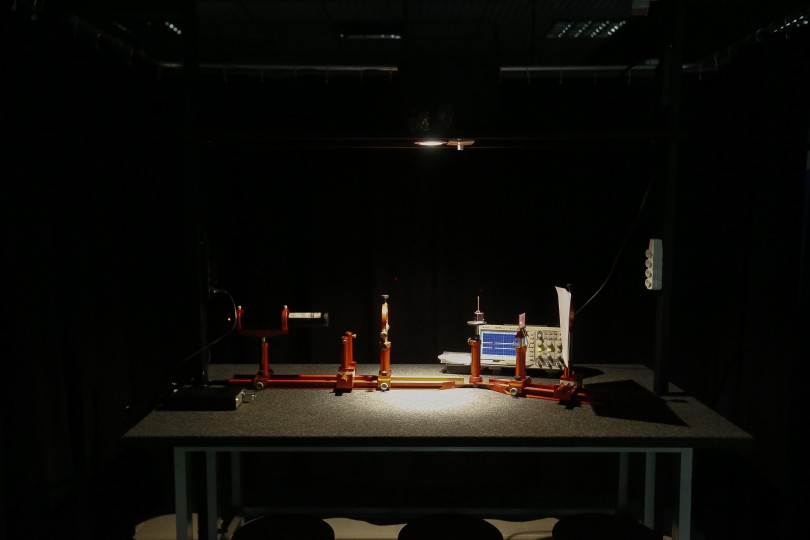
The response of photosynthesis to light spectrum and intensity is therefore important for understanding regulation of energy balance and secondary metabolism in the plant. 'Drug type' medical cannabis produces unusually large amounts of secondary metabolites, up to 20 % of the dry weight basis is not unusual, which entails immense energy demands. Photosynthesis is directly affected by light intensity, with higher photon flux density at the selective wavelengths supporting higher rates of carbon fixation (Feng et al., 2019).
FLORA FOTONICA FULL
However, recent studies suggested beneficial effects of full spectrum (white light) to plant growth and function, compared to monochromatic red and blue lights (Landi et al., 2020 Smith et al., 2017). The most influential wavelengths are conventionally considered to be in the red (600−700 nm) and blue (420−450 nm) zones of the spectrum, which are the maximum absorption ranges for chlorophylls a and b, with carotenoids adding absorption in the 470−700 nm range. The photosynthetic active radiation ranges from 400−700 nm. Photosynthetic carbon fixation requires light energy and is responsive mostly to light intensity at specific wavelengths (Evans and Poorter, 2001). These factors affect plants' function by involvement in the regulation of three main plant processes: photosynthesis, photoperiodism, and photomorphogenesis. Major light features that impact plants are light intensity, light quality (the spectral properties of light) and the photoperiod (the duration of exposure to light) (Bian et al., 2015 Ouzounis et al., 2015). Light is one of the main signals perceived by plants that affects plant growth, development and function (Kami et al., 2010). Our results repute the hypothesis that full spectrum improves inflorescence yield compared with Blue:Red light, but support the hypothesis that light spectrum influences plant development and the cannabinoid profile, which could be used to fine-tune cannabis and cannabinoid production. Plant morphology: Blue light was most inductive for maintaining compact plants, more so than Red:Far-Red ratio. The major cannabinoids CBDA, THCA and CBCA were also affected by light quality, and the response was cultivar specific and less pronounced than for CBGA. CBGA accumulation was stimulated by blue-rich light as compared with far-red rich HPS light. The chemical profile was also affected by the light spectrum, and CBGA, the primary cannabinoid and a precursor for most other cannabinoids, demonstrated the highest response.

White light with Blue:Red ratio of 1:1 had the lowest yield.

Yield quantity: The highest inflorescence yields were obtained when the spectrum was restricted to the red and blue range at the ratio of 1:1, and in two of the three varieties tested a ratio of 1:4 Blue:Red light had similar results. Our results point to several spectra specific reactions and some cultivar dependent responses to light spectrum. In this study we evaluated the hypothesis that the ratio of Blue:Red light affects cannabinoid metabolism, and that plant growth and secondary metabolism is intensified under a full spectrum with similar Blue:Red ratio. Cannabis is a medicinal plant treasured for its secondary metabolites, especially cannabinoids, the unique biologically active compounds in the plant that are considered to be affected by light spectra. Due to the potential for regulation of the therapeutic chemical profile and plant development, this issue is of growing interest for the cannabis ( Cannabis sativa L.) industry that uses photosynthetic light extensively. Metabolic processes in plants are sensitive to the ratio of Blue:Red light, and there is an increasing awareness that the response to the ratio of these monochromatic lights may vary under exposure to a wider range of the spectrum, such as white light.

Light is a key factor affecting plant growth, metabolism and function.


 0 kommentar(er)
0 kommentar(er)
